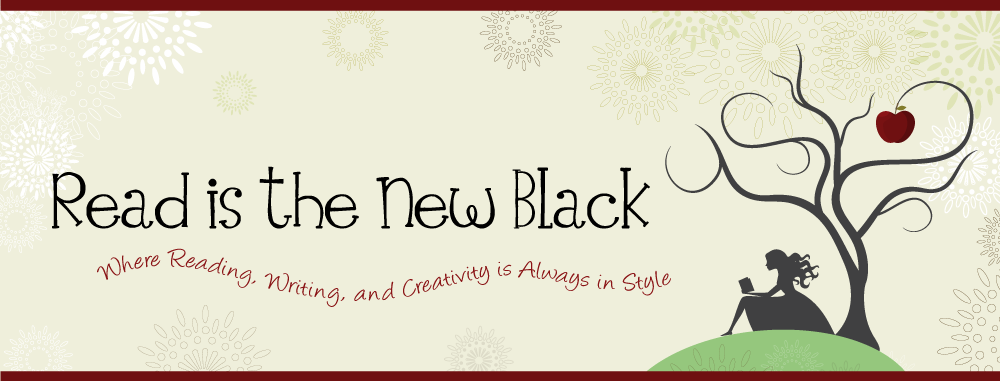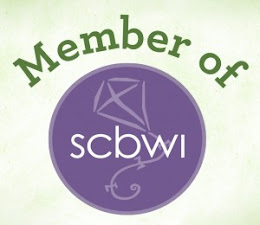 For my first. author. interview. ever. on this blog, I bring to you David Yoo. I read David’s young adult novel, GIRLS FOR BREAKFAST (Delacorte), and was sucked into the story of Nick Park, a Korean American boy who struggles with his outsider status growing up in a waspy Connecticut town. After reading the book, I contacted David and he was totally cool about talking to me.
For my first. author. interview. ever. on this blog, I bring to you David Yoo. I read David’s young adult novel, GIRLS FOR BREAKFAST (Delacorte), and was sucked into the story of Nick Park, a Korean American boy who struggles with his outsider status growing up in a waspy Connecticut town. After reading the book, I contacted David and he was totally cool about talking to me.
Like his protagonist in GIRLS FOR BREAKFAST, David is also a native of Connecticut. When he was three, his family relocated to Seoul, Korea for five years, and then they resettled in Avon, Connecticut. David has an M.A. in Creative Writing from CU-Boulder, thereby fulfilling his parents’ lifelong dream of having him be a struggling writer and temp, as he puts it. These days, David teaches in the M.F.A. program at Pine Manor College and at the Gotham Writer’s Workshop when he’s not writing.
How did you decide to write professionally for kids?
I kind of fell into it. There seem to be two types of kidlit writers—those who harbored dreams of writing for kids seemingly from birth, and those who didn’t. I fall into the latter camp—basically the first time I wrote something that my agent seemed to actually like was when, on a whim, I wrote from a teen’s perspective. This was about five years after we’d started working together. Prior to that point I’d been focusing on adult fiction. Years later, I found out that my agent was actually a kidlit agent. Anyway, his encouragement opened my eyes to the genre and I immediately took to it. I also write for adults still—my first collection of essays, HONORABLE MENTION (Grand Central) comes out April 2012, but otherwise most of my time is spent tapping into the 12-year-old me, which is relatively easy for me given the fact that, mentally, I hover around 14.
What advice do you have for aspiring writers of kidlit?
Don’t preach.
Don’t preach.
 In GIRLS FOR BREAKFAST, Nick Park aspires to be popular, to date white girls, and to socially distance himself from other Asians. Nick could almost be someone I knew back in school. Where did you get your inspiration for Nick's character and story? Have you known people like Nick?
In GIRLS FOR BREAKFAST, Nick Park aspires to be popular, to date white girls, and to socially distance himself from other Asians. Nick could almost be someone I knew back in school. Where did you get your inspiration for Nick's character and story? Have you known people like Nick?
Nick is loosely based on me, but it sounds lame to say that I served as the inspiration for my narrator. For the record, I wasn’t so much inspired as I was equal parts appalled/pleasantly bemused when I looked back on myself as a teenager, and writing has always been somewhat therapeutic for me. I created Nick in part to try to make sense of who I was back then. Meanwhile, I’ve known plenty of Asian guys that were like Nick/me. In college, it seemed like you either roved around in an Asian cluster or went to great lengths to avoid said cluster like the plague. I used to feel deeply envious of the blessed few who seemed to be able to navigate both worlds with ease.
What aspects of Nick's story are autobiographical?
I’d say it’s emotionally autobiographical, but the majority of the scenes are made up.
I’d say it’s emotionally autobiographical, but the majority of the scenes are made up.
While I raised my eyebrows at some of Nick's actions, I still wanted him to have his day in the sun. What is your strategy for developing a flawed character that readers would still want to root for?
I don’t feel you can control how a character will be perceived by the reader, or that it’s dangerous to try to do so. Teen readers, especially, can sniff out inauthenticity from a mile away. My only goal when I write, I suppose, is to try to present my characters as honestly as possible—again, because it seems so naked when a writer tries to manipulate the reader’s feelings or attempt to impose a specific response to their character. This rationale extends to my reading preferences as well. The characters I feel a kinship with as a reader are often hard to like. Not that I consider myself hard to like (occasionally moody, I’ll readily admit), but simply because I trust when a character is presented -warts and all—the warts are what make characters interesting for me. I can’t lose myself in a story unless I trust the characters; therefore, I root for characters if I believe them.
I don’t feel you can control how a character will be perceived by the reader, or that it’s dangerous to try to do so. Teen readers, especially, can sniff out inauthenticity from a mile away. My only goal when I write, I suppose, is to try to present my characters as honestly as possible—again, because it seems so naked when a writer tries to manipulate the reader’s feelings or attempt to impose a specific response to their character. This rationale extends to my reading preferences as well. The characters I feel a kinship with as a reader are often hard to like. Not that I consider myself hard to like (occasionally moody, I’ll readily admit), but simply because I trust when a character is presented -warts and all—the warts are what make characters interesting for me. I can’t lose myself in a story unless I trust the characters; therefore, I root for characters if I believe them.
What makes a story multicultural?
In a nutshell, any story that isn’t about any one culture exclusively. Hence the word, “multi.” Okay, honestly I feel ill-equipped to offer a substantive, insightful answer.
In a nutshell, any story that isn’t about any one culture exclusively. Hence the word, “multi.” Okay, honestly I feel ill-equipped to offer a substantive, insightful answer.
What makes a compelling multicultural story?
Don’t preach.
Don’t preach.
 I also read your short story, A Fistful of Feathers from GUYS READ: FUNNY BUSINESS, edited by Jon Scieszka. Is defining and addressing the notion of masculinity a favorite theme of yours? What other themes or topics do you also like to write about?
I also read your short story, A Fistful of Feathers from GUYS READ: FUNNY BUSINESS, edited by Jon Scieszka. Is defining and addressing the notion of masculinity a favorite theme of yours? What other themes or topics do you also like to write about?Well, the notion of masculinity is certainly a topic all boys wrestle with at one point or another, and my male characters often end up dealing with it since much of what I write is focused on teen boys struggling to fit in. Meanwhile, and this isn’t a theme, per se, but rather just something weird I realized over the winter, but no kidding, every book I’ve ever written features at least one reference to the movie Top Gun, I have no idea why. Actually, that factoid probably goes hand in hand with my interest in writing about the notion of masculinity. Now I feel weird.
Who were your favorite authors growing up?
Roald Dahl, Paul Zindel…the usual suspects. Specifically, DANNY THE CHAMPION OF THE WORLD was my favorite book in elementary school, and I was similarly jolted by MY DARLING, MY HAMBURGER. THEN AGAIN, MAYBE I WON’T by Judy Blume was also an important novel for me as a kid, and I think I wrote maybe a dozen book reports on THE OUTSIDERS in middle school. Which explains why—whenever it’s time to say goodbye at a dinner party or something—I tend to mutter, “Stay golden, Ponyboy,” and the person usually stares blankly back at me. That is, unless their name is Ponyboy, and they happen to be made of gold, which hasn’t happened yet, and-okay this is coming out stupid, but I really do say that phrase a lot.
Which kidlit books depicting the Korean American or Asian American experience have you connected with?
I connected with AMERICAN BORN CHINESE, by Gene Luen Yang, and I also revere anything by Adrian Tomine, who writes these great graphic novels. But there are countless more, too many to count—instead, I’ll offer a few I’ve had the bonus pleasure of getting to know a bit, like Mitali Perkins, Marie Lee, Ben Esch, Ed Lin, etc. It’s really exciting to come across so many books dealing with the contemporary AA experience—part of my motivation for writing GIRLS FOR BREAKFAST was I wanted to write a book the teen me could have related to, since at the time it seemed like there was a dearth of books dealing with the AA experience I was having. Though I liked it, THE GOOD EARTH didn’t really resonate with me back in the mid-80s, I guess.
 Tell me about your new book coming out in June.
Tell me about your new book coming out in June.
My first middle grade novel, THE DETENTION CLUB (Balzer + Bray) comes out June 21st, 2011. I’m horrible at describing my own projects so in the meantime here’s the description from the publisher, and in the future feel free to check out my web site www.daveyoo.com for more information:
Detention: The best worst thing to happen to Peter Lee?
Peter and his best friend, Drew, used to be so cool (or, at least, not total outcasts) in elementary school. But now they're in middle school, where their extensive mica collection and prowess at kickball have earned them a new label: losers. Then Peter attracts the unwanted attention of the school bullies, and his plan to become popular through his older sister, the practically perfect Sunny, backfires. Things go from bad to worse when Peter gets detention. But what at first seems to spell his utter doom turns into an unlikely opportunity for making friends and influencing people. . . .
Thanks for having me!
Thank YOU for sharing your insights with me, David.













